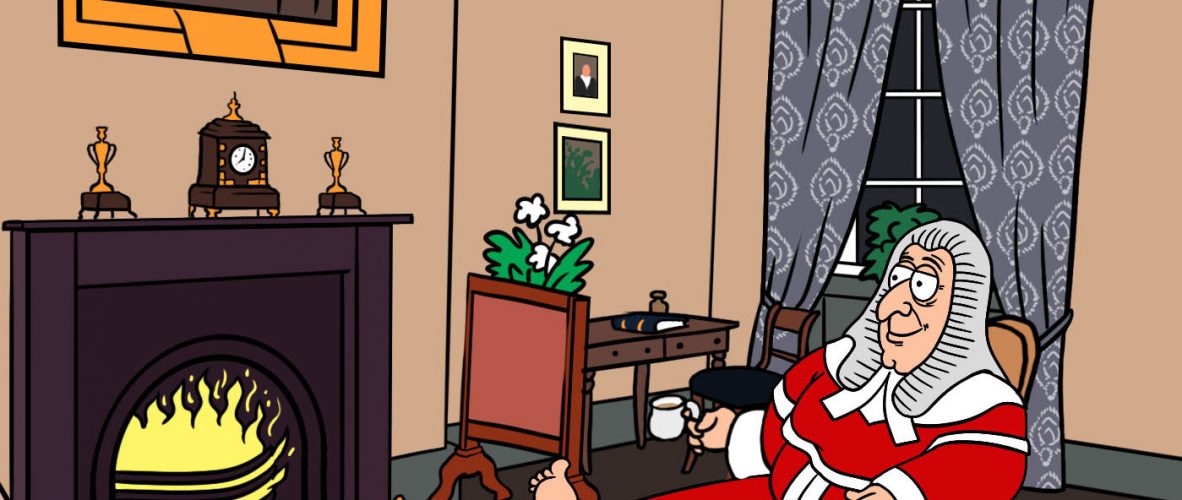The name given to the tight trousers worn by some Regency gentlemen, such as the notorious Beau Brummell and his ‘dandy’ followers, as they showed off their leg muscles.
Dolls

The two dolls shown here are an excellent way to see the difference between what rich and poor girls would have had to play with. The large doll has a porcelain face and hands, which would have been expensive to produce, glass eyes, with a leather body stuffed with sawdust. Her hair is real human hair, purchased by doll-makers from poor women who sold it to get money. Some porcelain dolls were not to be played with. They were beautiful objects to be looked at, and show how rich the family who owned them were. The wooden or ‘Dutch’ dolls were much cheaper. They could be bought and also made for a poorer child. This one has moving arms and legs, but some had no limbs (called ‘stump’ dolls), they could be made from clothes pegs, spoons and even old shoes. Dolls helped girls learn about looking after others, provided a companion for a lonely child, and by taking them to ‘tea -parties’ gave a way for children to socialise. They could spend many hours making clothes and accessories for them, improving their sewing and craft skills. The drawing comes from an article in The Girl’s Own Annual, 1880, and illustrated an article called How to Dress Dolls.
| In the classroom: | |
| |

